Health & Wellbeing
Expert advice, tips and guidance from medical and healthcare professionals to help you take care of your physical health and mental wellbeing
Explore Health & Wellbeing
Latest
-

Mariella Frostrup reveals how her ‘life pivoted’ in her 40s – and how she finally ‘broke’ her toxic dating pattern
If she hadn’t "thrown caution to the wind" and stepped out of her comfort zone, she says she never would have met her future husband
By Charlie Elizabeth Culverhouse Published
-
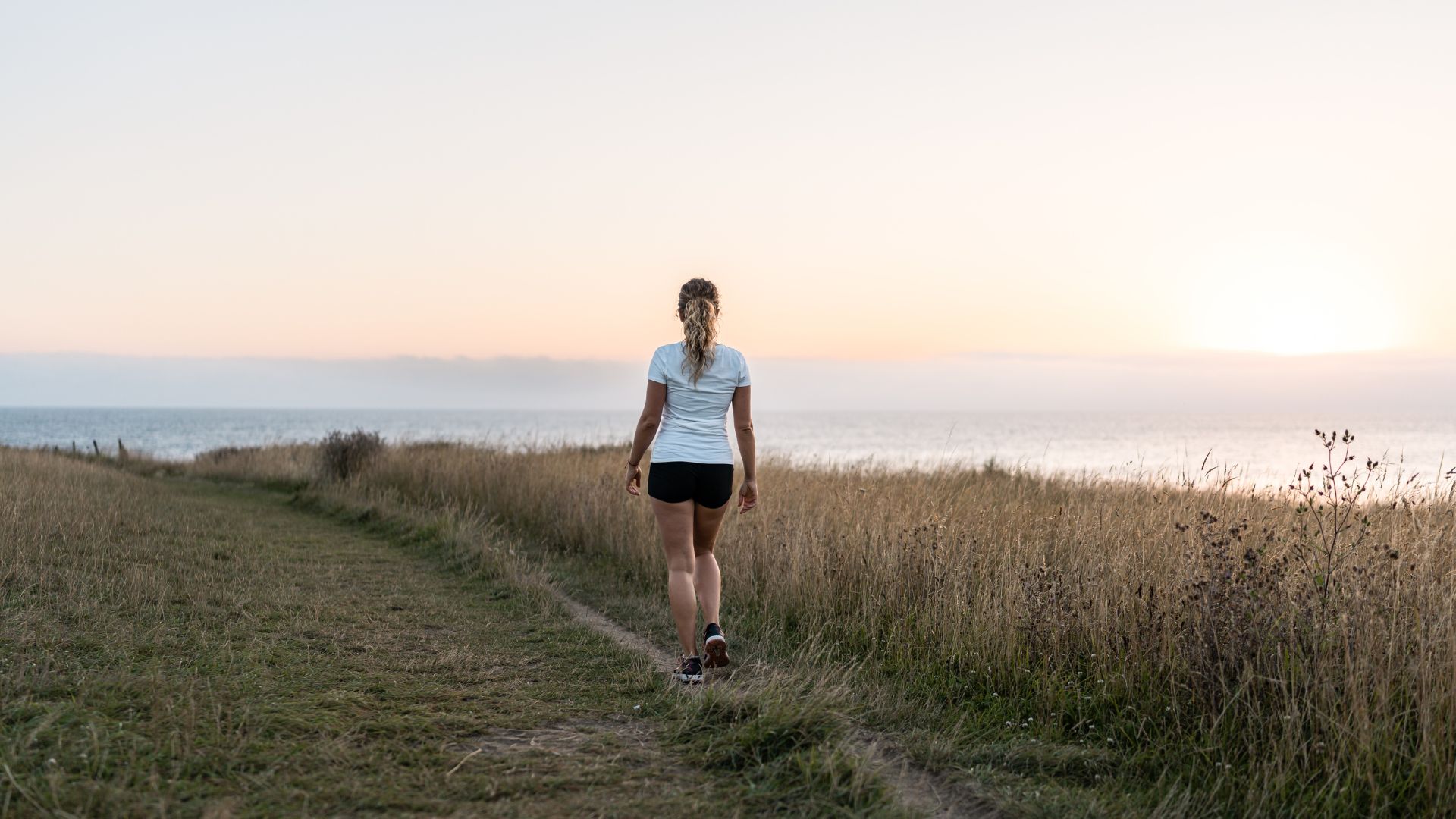
Forget 10,000 steps - your age decides how many steps you should do every day, study says
10,000 steps is a great guideline to boost motivation, fitness, and encourage you to get outside in the fresh air, but it's largely a made-up number
By Kat Storr Published
-
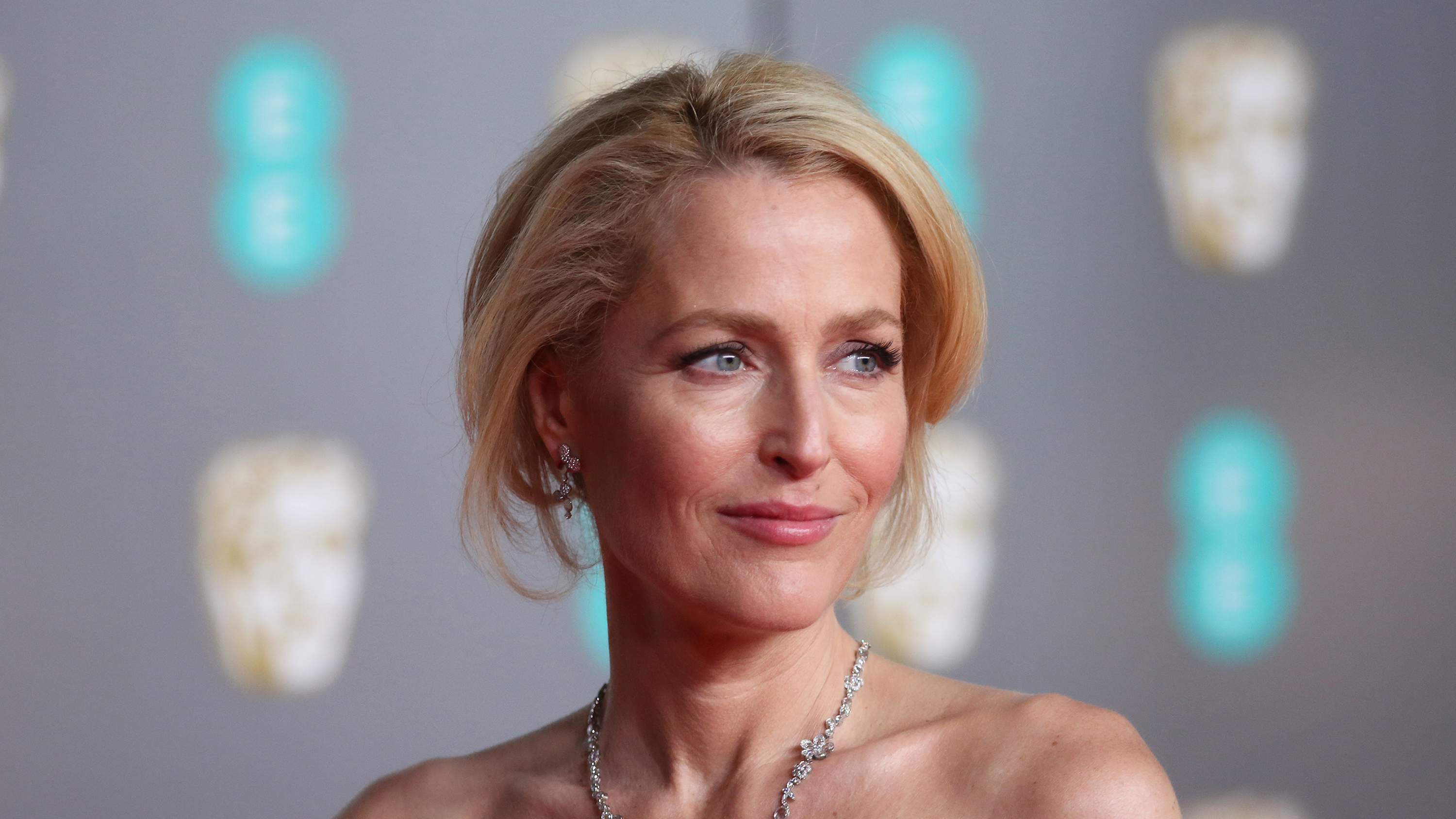
“There is a whole new world of pleasure out there” – Gillian Anderson on why ‘life does not end at 50’
Through writing her bestselling book, Want, Gillian Anderson says she has realised that " life does not end at 50 or at menopause" - and she wants everyone to know it
By Charlie Elizabeth Culverhouse Published
-
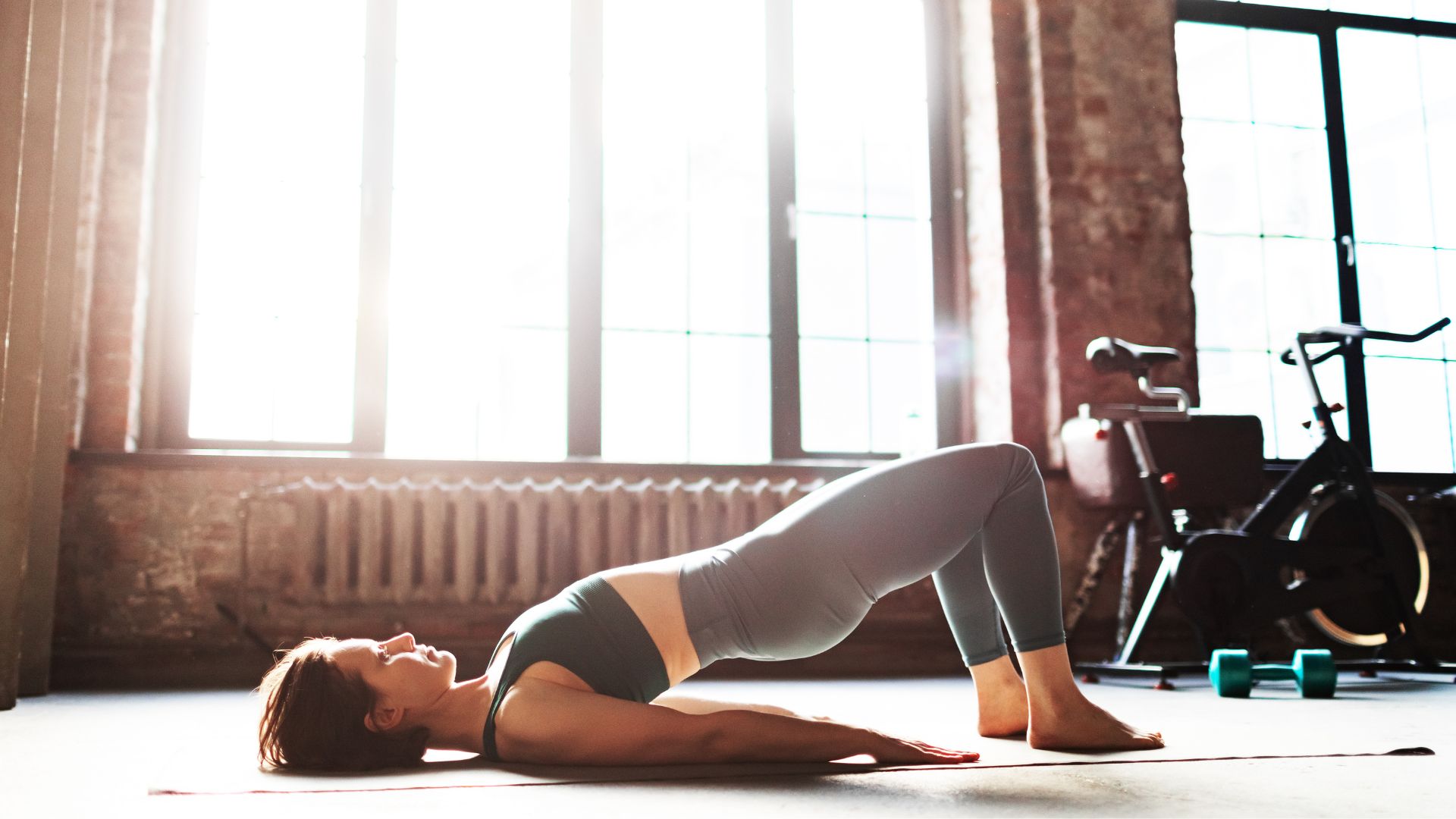
No squats required - these 3 glute exercises are all you need to boost strength, muscle, and stability
Life gets easier when glutes (buttocks) get stronger. You'll find it easier to move in daily life and your favourite workout, with better balance and posture
By Grace Walsh Published
-

Beautiful natural hot springs and thermal pools
The ultimate relaxing getaway
By Lauren Hughes Published
-

9 ways to heal sunburn faster, revealed by a dermatologist
Been caught by the sunshine? It happens to us all. Luckily, you can heal sunburn faster with easy home remedies and over-the-counter treatments
By Grace Walsh Last updated
-
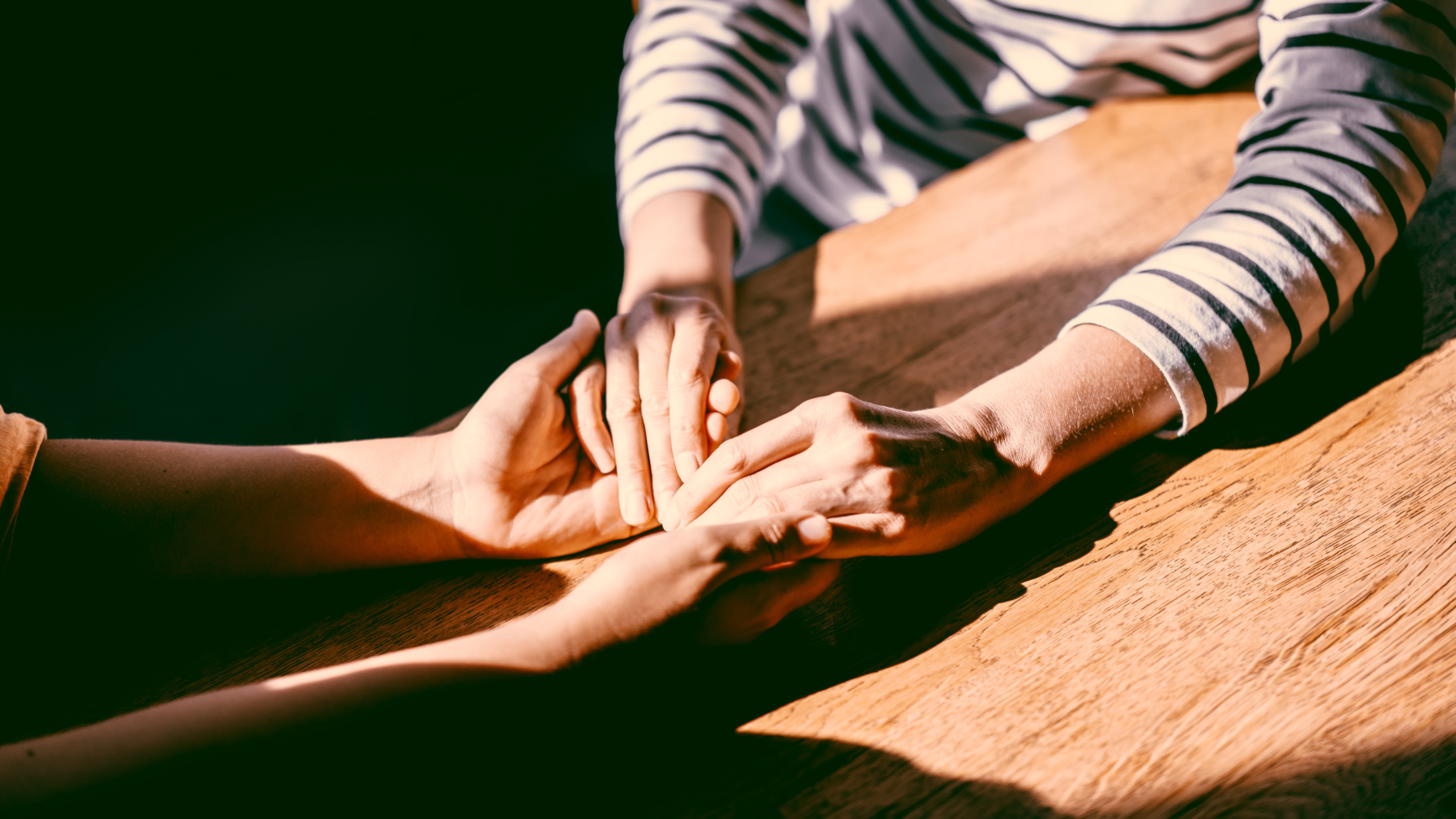
The one 'really painful' habit that 'ends relationships', reveals relationship expert
Relationship pro and bestselling author Jillian Turecki has detailed a subtle yet destructive relationship habit
By Charlie Elizabeth Culverhouse Published
-
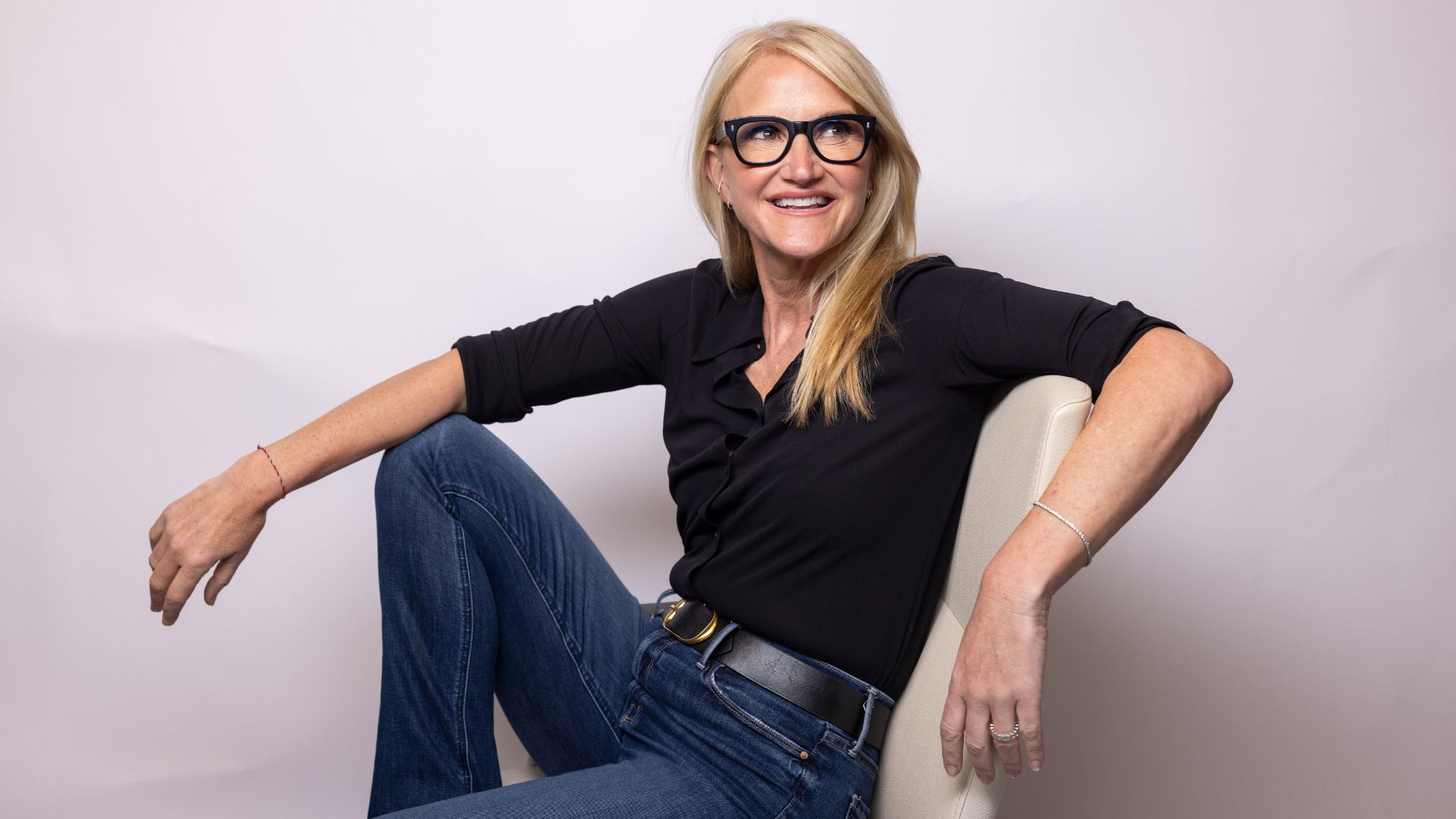
Mel Robbins shares the ‘3 things you need to come to terms with’ to live a happy life
The best-selling author is urging us to live by these rules
By Charlie Elizabeth Culverhouse Published
-

Everything you need to know about sound healing, from chanting and drumming to Tibetan singing bowls
The captivating practice is rooted in ancient civilisations
By Lydia Swinscoe Published
